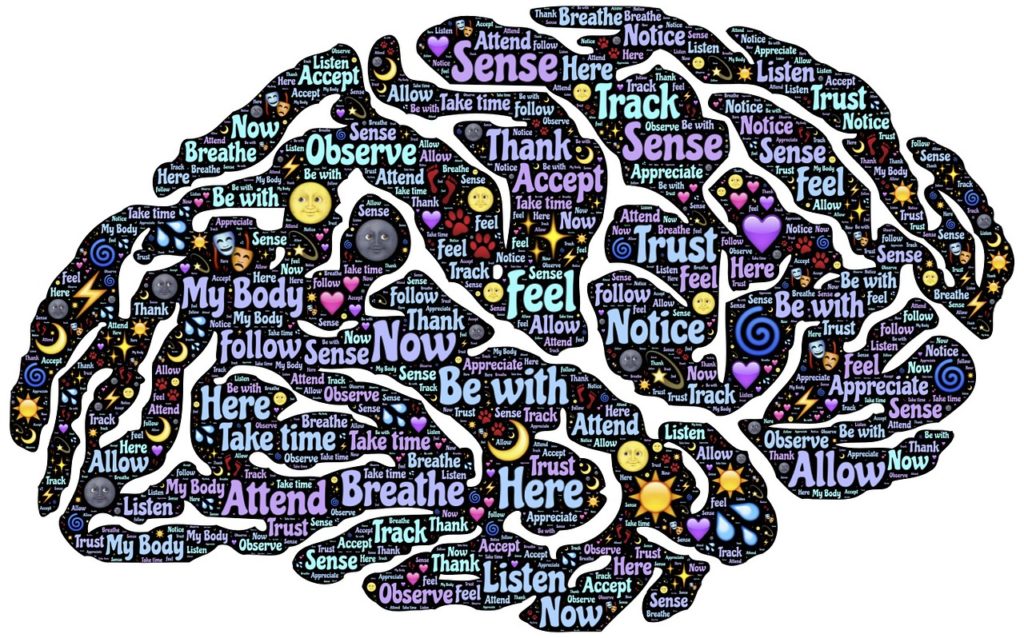One way to understand bias in our Elephant is to “see it” as those:
Hidden beliefs that – when triggered – “come up” in your reactive thinking.
The reality, and the irony, is that you don’t normally see them. But let’s “unpack” this description of what a bias is…
“Hidden beliefs” are 1) any “fact,” knowledge, or opinion you’ve come across and learned (i.e., believe is true), or 2) some “conditioned understanding” you’ve been taught; and yes, these beliefs do cover most things you’ve “taken in.” It all resides in your Elephant and is called “hidden” because it is not normally seen by – as in brought up to the awareness level of – your Rider (i.e., your conscious “thinking” self). Note that if a “belief” ever does rise to that conscious level of Rider thinking, it may be expressed verbally, e.g., “I believe that…,” or internally via self-talk. But more likely, it’s just “used” in the Rider thinking that is going on…
“- when triggered – “come up” means we have been stimulated (i.e., triggered) by something we’ve seen or heard or experienced and feel a need to react. Actually the Elephant decides if we “feel the need” to react and thus will react whether our Rider wants it to or not. The reaction will consist of:
emotions (i.e., physical symptoms we can’t control but they are usually obvious, and sometimes painfully so, as in hard to hide; e.g., crying, shallow breathing, tensing, sweating, blushing, facial expressions like smiling, scowling, frowning);
feelings (i.e., sentiments we don’t usually stop and identify but could using language like joy, anger, sadness, fear, disgust, etc); and
- automatic thoughts that we have but usually miss in our Rider experience (i.e., being aware of them) because the Rider’s focus is likely moving quickly into the next moment, the next conscious thought or feeling, or even the actual verbal presentation of our reaction.
“in your reactive thinking.” This is “Elephant-thinking” and might be better understood as it’s processing process. It’s what?! Yes, this is the holy grail of neuroscience – the mystery of “how does the Elephant do it?” We don’t know how – yet. But…we do know we react (i.e., our emotions and feelings and the physical manifestation of them are real). And we know that biases – those personal beliefs that manifest in our likes, loves, and values – are a vital contributor to the mental processing that results in the reactions we have.
_______
Elephant bias is a major “contributing factor” to what we feel and why we react the way we do. Our biases reflect our values, our conditioning, and our humanity. Granted, that’s a lot to chew on…
_________________________________
*Elephant/Rider Model: Based on the metaphor from The Happiness Hypothesis, Jonathan Haidt, 2006.

